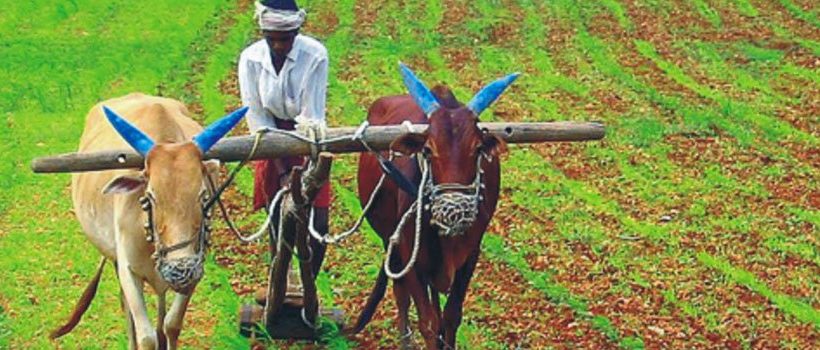
The current problem faced by farmers is essentially an agricultural distress and not a generalised rural distress, and farmers’ distress is essentially emanating from shrinking agricultural margins, says India Ratings and Research (Ind-Ra).
Shrinking Agricultural Margins: Ind-Ra analysed the data for three periods: FY04-FY08, FY09-FY13 and FY14-FY18. In the analysis, agricultural gross value added/growth in minimum support price (MSP) of rice and wheat has been considered a proxy for an increase in output prices, while growth in agricultural wages has been considered a proxy for an increase in input prices. While FY04-FY08 is characterised by low wage growth and relatively high agricultural output/MSP growth translating into higher margins, FY09-FY13 is characterised by agricultural output/MSP growth comparable with that in FY04-FY08 but high wage growth eroding margin growth. Meanwhile, FY14-FY18 is characterised by moderate agricultural output/MSP growth and almost similar wage growth, indicating thin margin growth for agricultural activity.
Another way to look at agricultural distress is to assess margins as a percentage of cost of production. A glance at farmers’ margins using the MSP over the A2+FL cost of rice and wheat provides some interesting insights. Firstly, wheat margins are relatively high compared with those of rice. Secondly, wheat and rice margins significantly increased during FY09-FY13 but fell below the FY04-FY08 levels in FY14-FY18, leading to widespread discontent among farmers. For example, a farmer’s rice margin increased to 82.3% in FY09-FY13 and subsequently fell to 38.6% in FY14-FY18. The FY14-FY18 margin was lower than 47.9% witnessed during FY04-FY08.
If C2 cost is considered over MSP, farmers’ margins turns out to be significantly lower than A2+FL cost during FY14-FY18, with the rice margin turning out to be as low as 6.2%.
Fixing of MSP at 1.5x Cost of Production to Partially Benefit Farmers: On 4 July 2018, the government of India fixed the MSP for Kharif crops at least 50.0% higher than the A2+FL cost of production. The fixing of MSP using this formula will benefit farmers in FY19, as the MSP of rice fell below 1.5x of A2+FL cost during FY14-FY18. However, the MSP of rice during FY09-FY13 was higher than 1.5x of A2+FL cost. Therefore, according to Ind-Ra, the announcement of MSP at 1.5x of A2+FL cost may placate farmers to some extent but will not be enough. Furthermore, the 1.5x formula may not work in the case of wheat, as MSP levels in all three periods were already higher than 1.5x of A2+FL cost.



